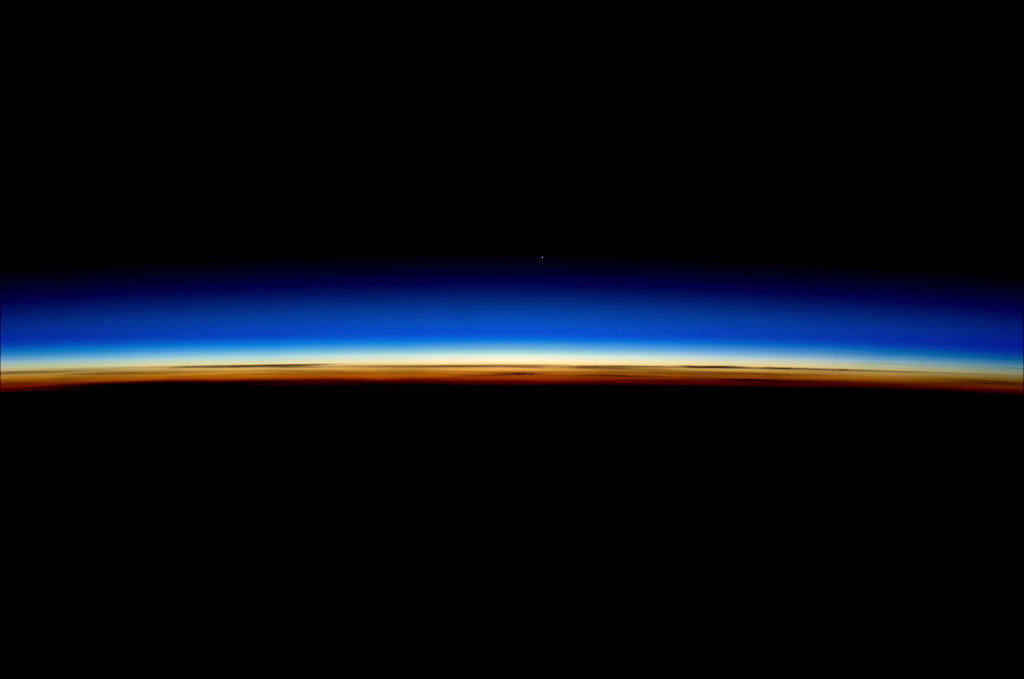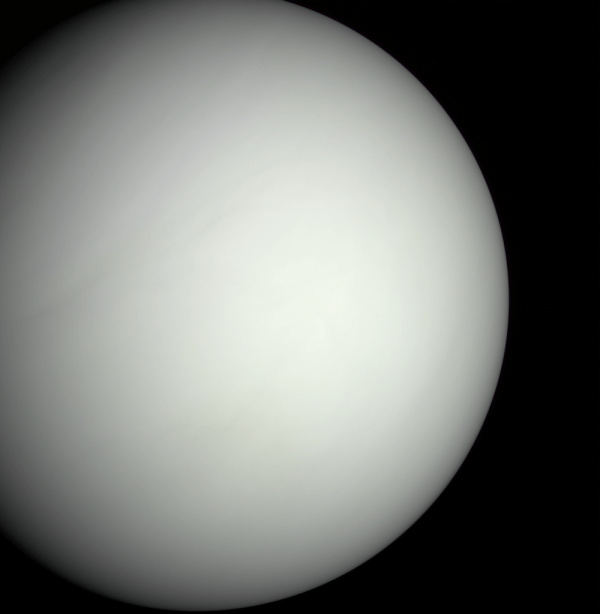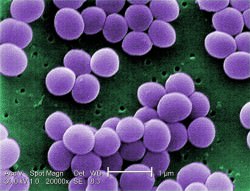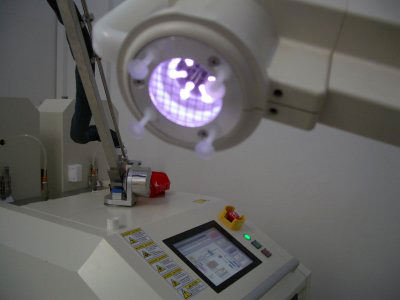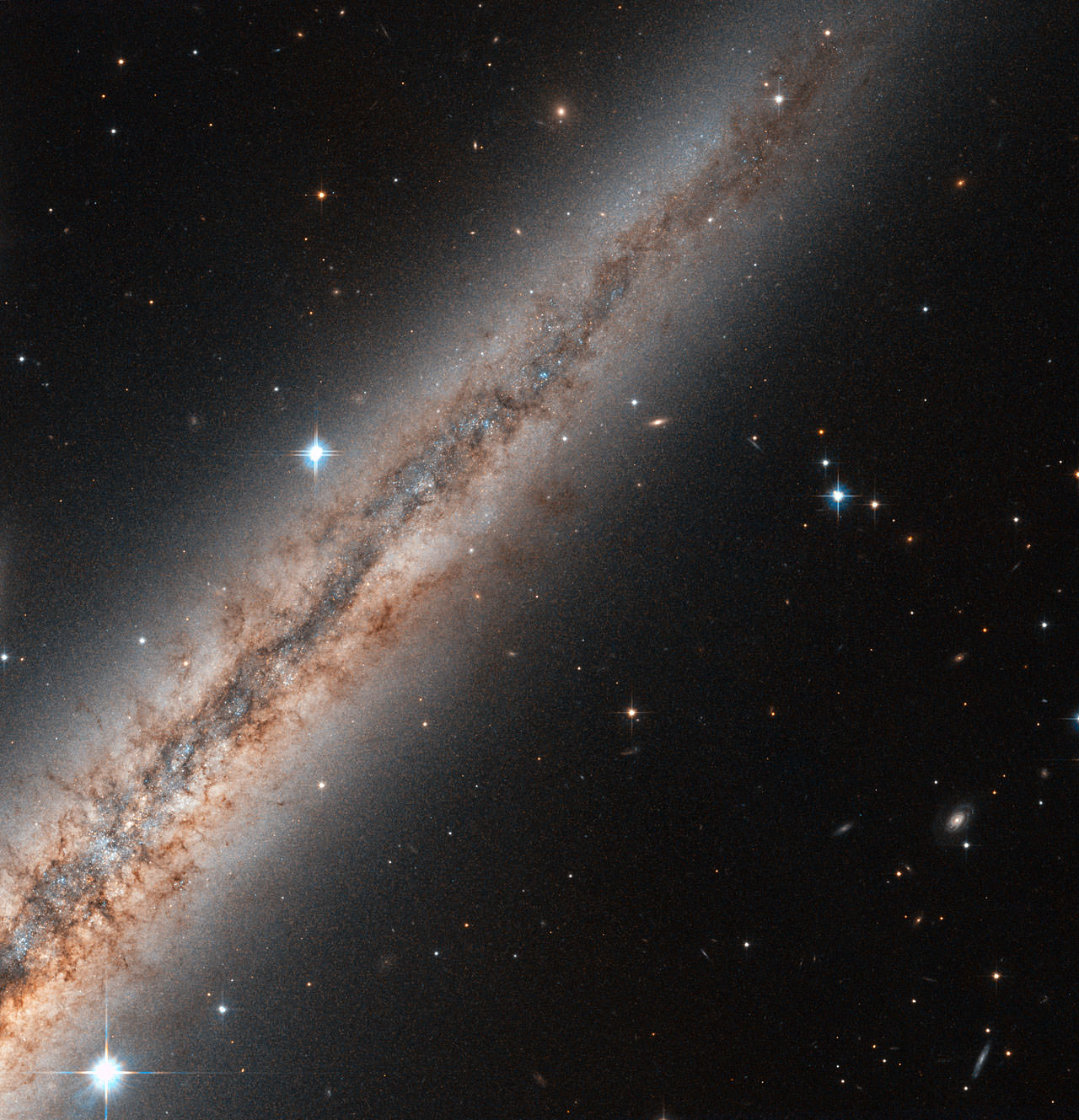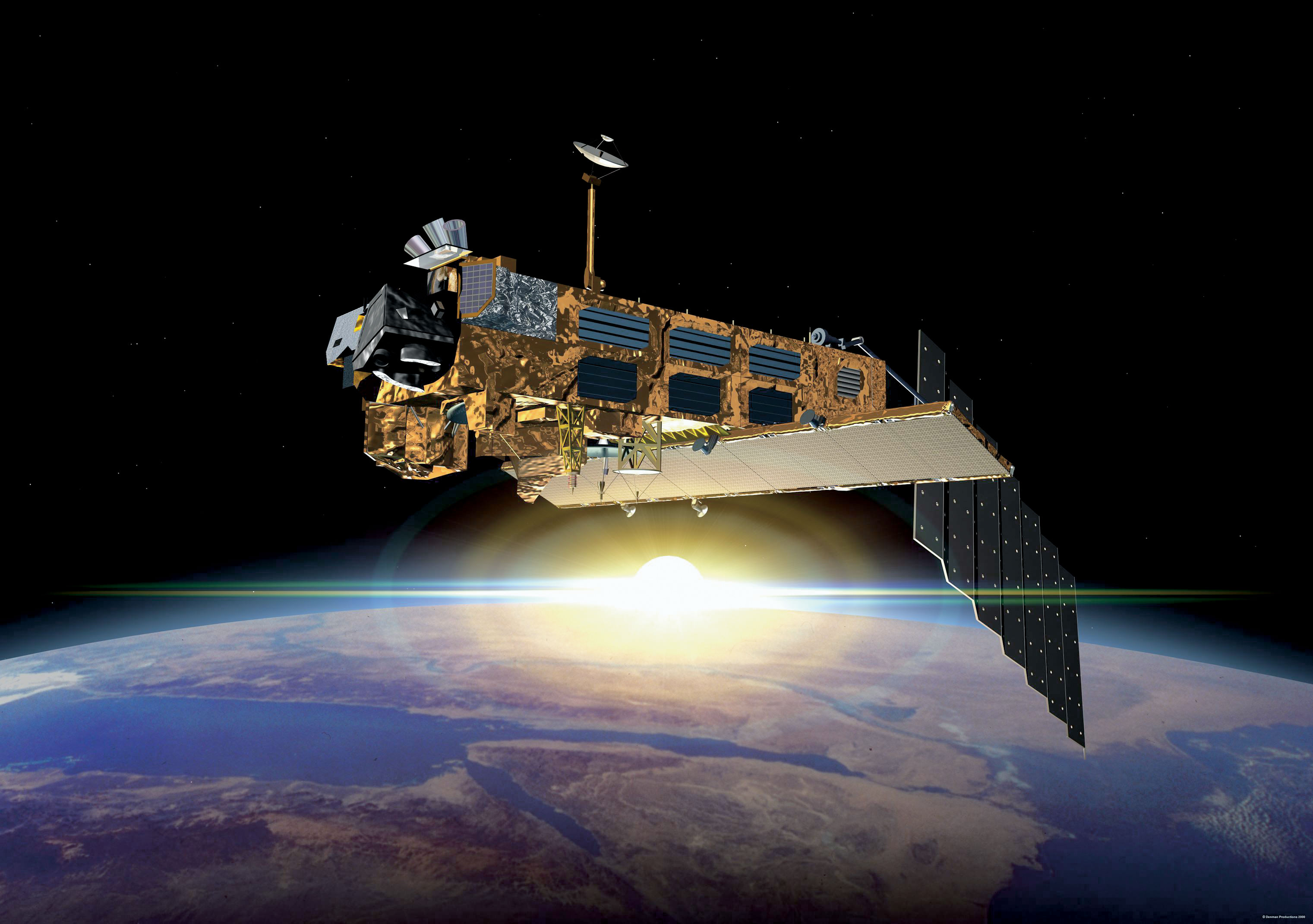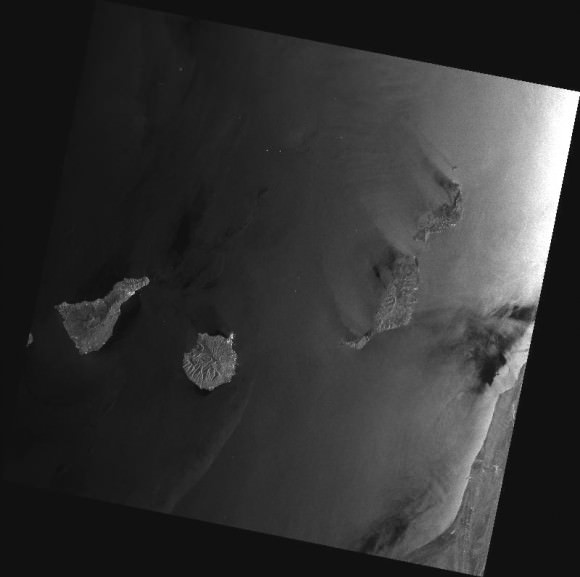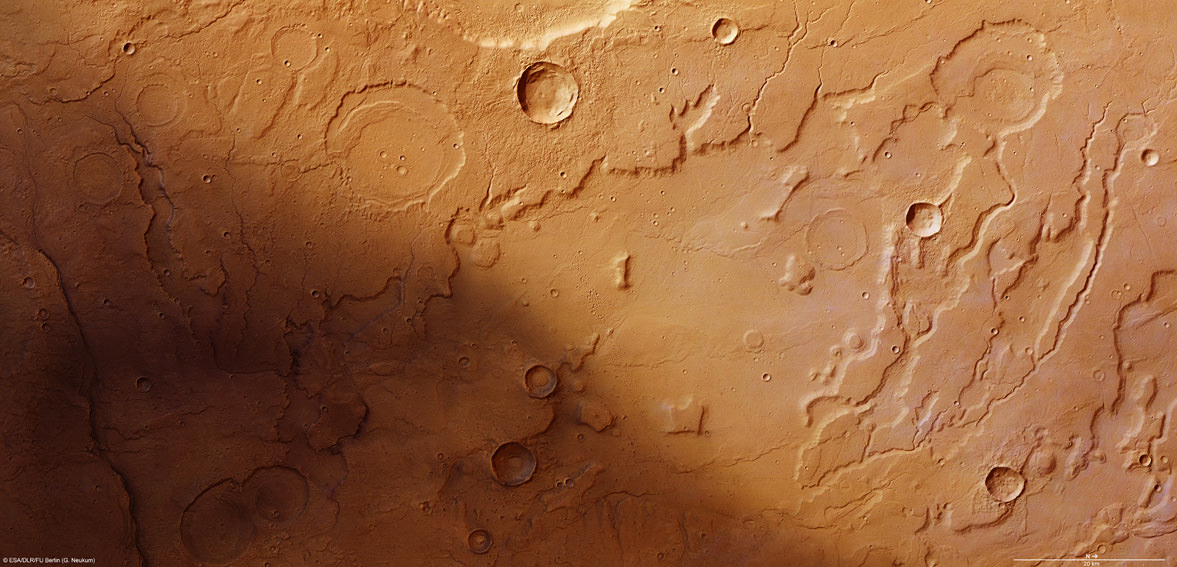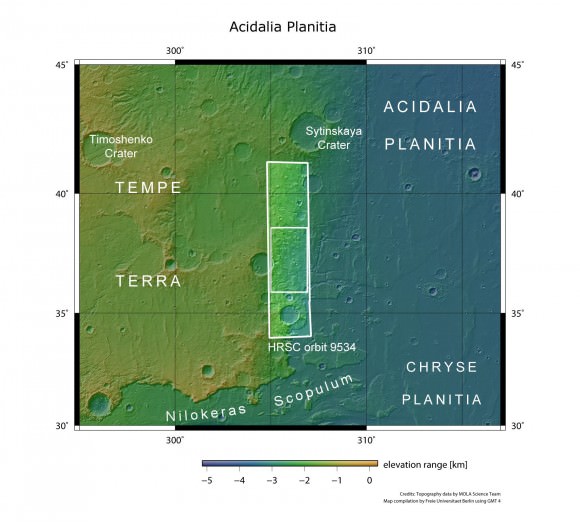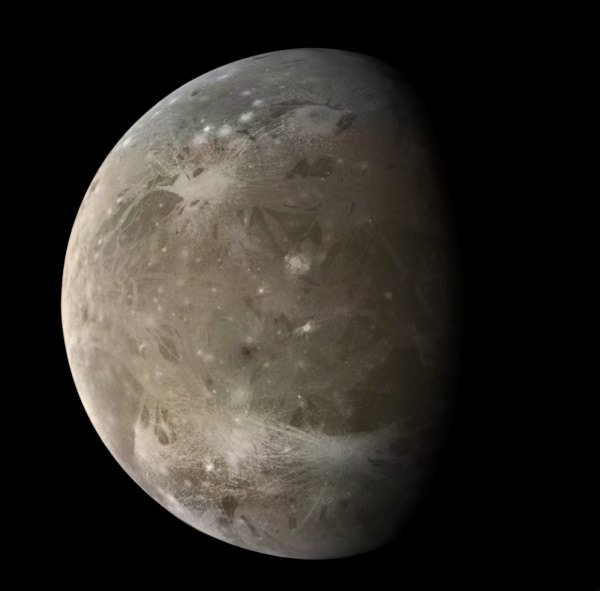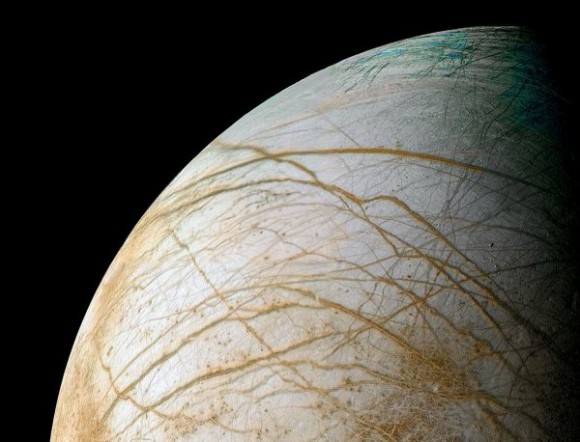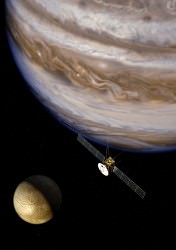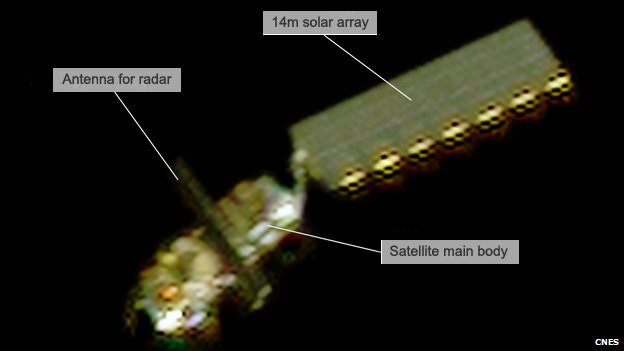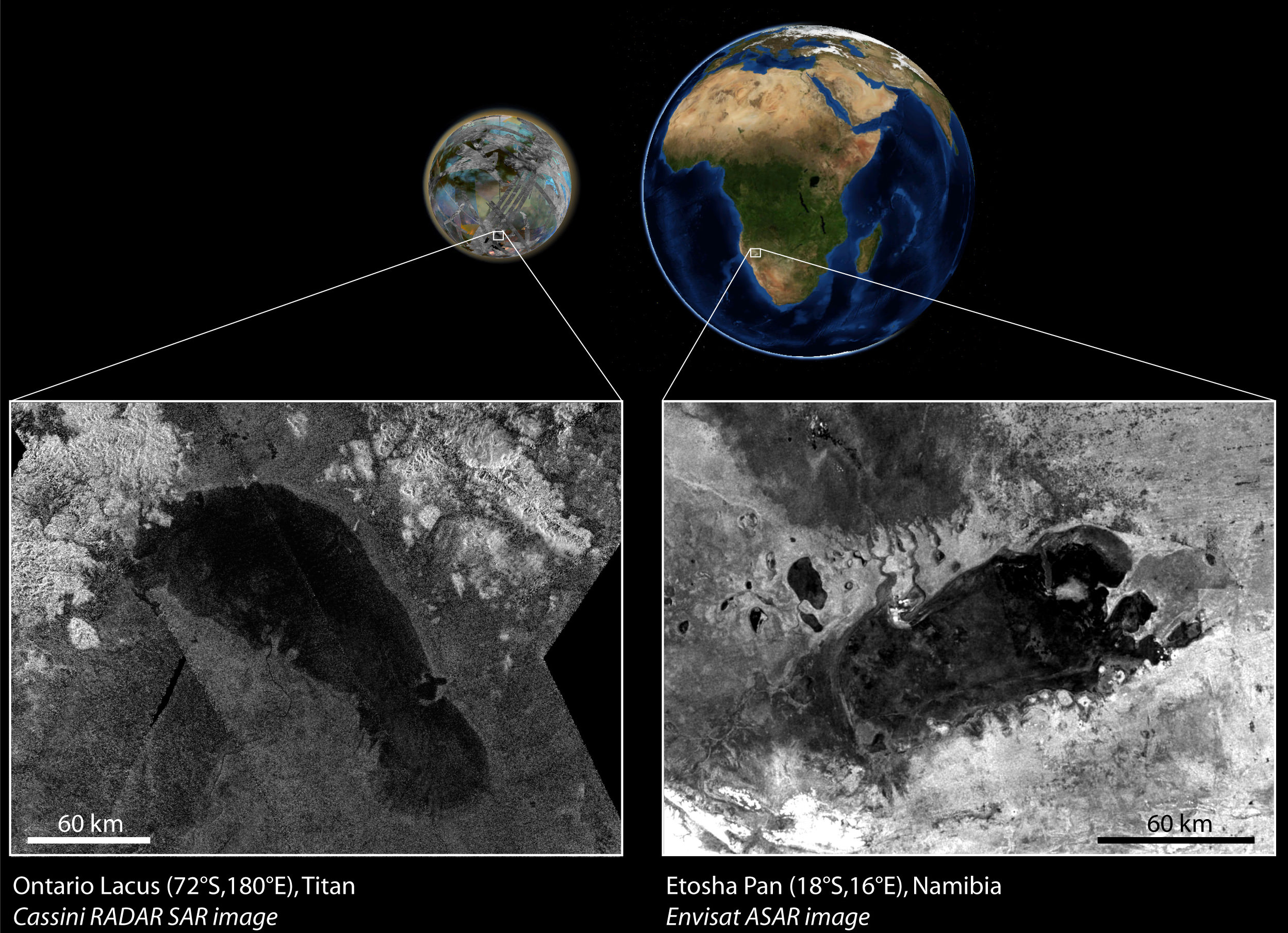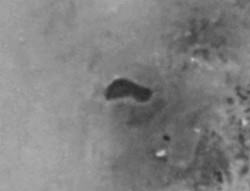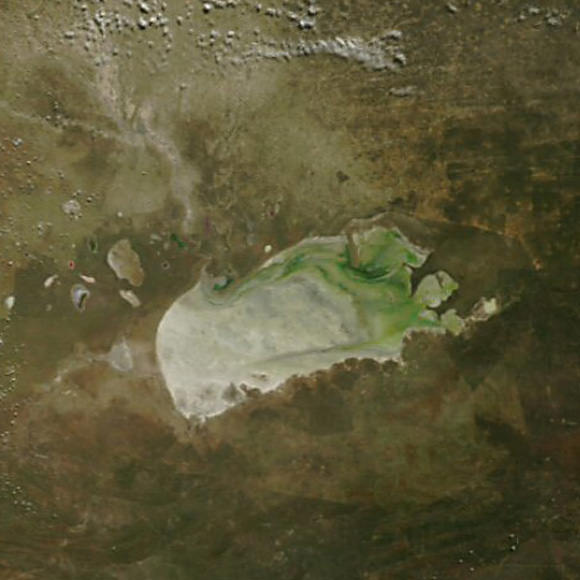[/caption]
ESA astronaut Andre Kuipers captured this stunning image of Earth’s limb with Venus shining brightly above on the morning of June 4, 2012. While it’s a fantastic shot in its own right, it’s just a warm-up for tomorrow’s big transit event, which will be watched by millions of people all over the world — as well as a select few aboard the ISS!
While many people will be taking advantage of this last opportunity to see Venus pass across the face of the Sun — a relatively rare event that’s only happened six times since the invention of the telescope, and won’t occur again until 2117 — the crew of the International Space Station is preparing to become the first astronaut to photograph it from space!

Expedition 31 flight engineer Don Pettit knew he’d be up in orbit when this transit takes place, and he went prepared.
“I’ve been planning this for a while,” says Pettit. “I knew the Transit of Venus would occur during my rotation, so I brought a solar filter with me when my expedition left for the ISS in December 2011.”
(See more of Don Pettit’s in-orbit photography: Timelapse of a Moonrise Seen From The ISS)
Even though the 2004 transit happened while the ISS was manned, the crew then didn’t have filters through with to safely view it.
Pettit will be shooting the transit through the windows of the cupola. He’ll even be removing a scratch-resistant layer first, in order to get the sharpest, clearest images possible — only the third time that’s ever been done.
Don’s images should be — no pun intended — brilliant.
“I’ll be using a high-end Nikon D2Xs camera and an 800mm lens with a full-aperture white light solar filter,” he says.
And if you want to follow along with the transit as it’s seen from down here on Earth, be sure to tune in to Universe Today’s live broadcast on Tuesday, June 5 at 5 p.m. EDT where Fraser Cain will be hosting a marathon event along with guests Pamela Gay, Phil Plait (a.k.a. the Bad Astronomer) and more as live views are shared from around the world.
Unless you plan on being around in 2117, this will be your last chance to witness a transit of Venus!
Read more about Don Pettit’s photo op on NASA Science News here.

